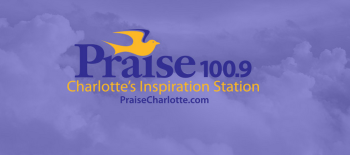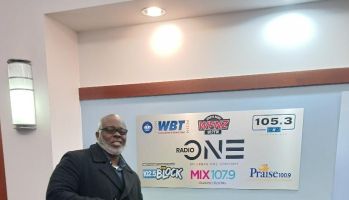When New York Governor Andrew M. Cuomo announced in June that he will close seven state medium and minimum-security prison facilities, he not only put thousands of jobs in peril, he signified the political and racial divide in the state’s correctional facilities.
Cuomo spared the state’s maximum-security prisons, which are primarily located in white, rural, Republican, upstate communities, while the many Black and Hispanic employees that work in the New York City minimum and medium security prisons face the prospect of unemployment.
The three medium and four minimum-security facilities to be closed employ a total of 1,531 people, according to the State Department of Correctional Services.
Among the prisons on the chopping block — Oneida Correctional Facility, Mid-Orange Correctional Facility, Fulton Correctional Facility, Camp Georgetown, Summit Shock Incarceration Correctional, Buffalo Correctional Facility, and Arthur Kill Facility — all which are located in or close to New York City.
Nicholas Nunez, a corrections officer at Arthur Kill Correctional Facility speaks to NewsOne.com about how minorities will be affected by the closure:
Outside of the city, 17 maximum-security prisons will remain intact, such as Sing Sing and Attica. Republican lawmakers opposed the closures out of fear of harming the economy. The New York State Correctional Officers & Police Benevolent Association also reportedly opposed the closure.
Cuomo said he will shut down prisons that have “empty beds,” although the prison with the most empty beds in the state, Albion Correctional Facility, will not close.
“While we commend the Governor for his commitment to eliminating excess prison beds, we are concerned that approximately 50% of these beds are located in or near New York City, even though New York City prisons only house 25% of the total state prison population. Therefore, the closures affect downstate prisons at a rate three times greater than prisons upstate. More than 60% of the state’s prison population is from New York City and its suburbs,” said Soffiyah Elijah, the Executive Director of The Correctional Association of New York.
The closure of the facilities is apparently not a issue with unused beds, but it will save the state money — but at who’s expense?
The Cuomo administration spoke about saving taxpayers money, but it seems that the concern is on upstate residents and their wallets. The majority of New York prisons are in upstate New York, so the economy in these already wealthy communities won’t see much of the affects. Upstate officers will have plenty of job options when their prisons close, but their counterparts in NYC don’t have that luxury.
The New York City corrections officers in the affected prisons will have to sell their homes, commute for over 4 hours a day, or resign in less than 60 days of notice. Families, friends and colleague bonds will be broken, and many more African Americans will join the unemployment line.
While this issue may be a state versus city problem, one thing will hold true — it’s much easier for a Black person to get in prison in stripes, than on the payroll.
RELATED:
















